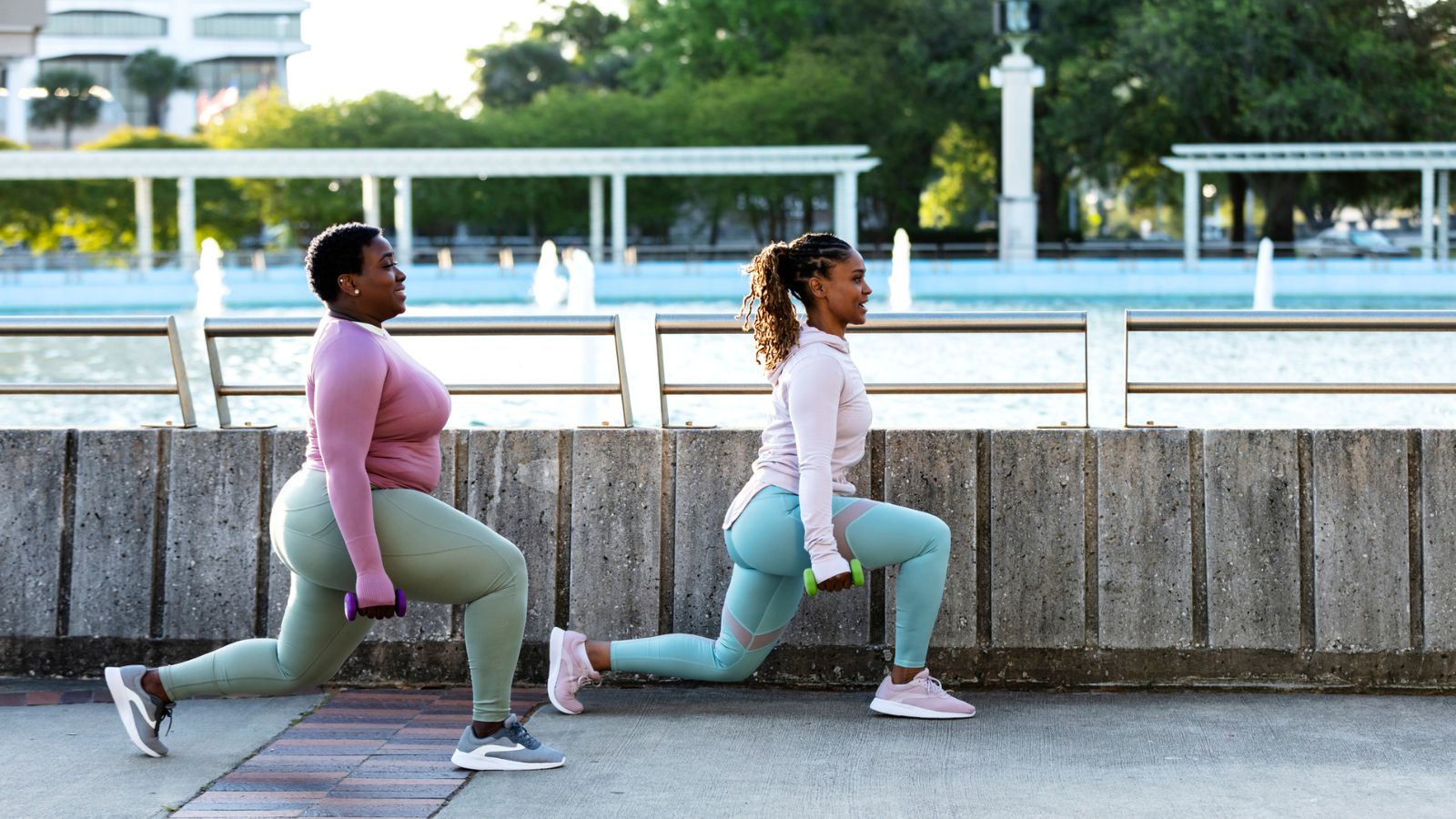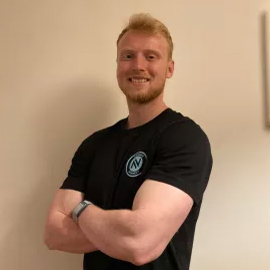Use this five-move dumbbell workout to build lower body strength
Develop muscle and work your legs, glutes, and core with this short dumbbell routine


You don't need to set up residence in a squat rack to grow your glutes — if you have a couple of dumbbells, you can build lower body strength and muscle in your living room.
The best adjustable dumbbells are our top pick for training at home as they allow you to increase the weight as you grow stronger, preventing your training from plateauing. However, adding fixed weight dumbbells or kettlebells into your workout can also increase its effectiveness.
That's definitely the case with this session from fitness trainer Krissy Cela, co-founder of the EvolveYou training and nutrition app. It uses just five moves and a pair of dumbbells to overload your muscles — the key to triggering adaptations such as strength gains and growth.
It's also designed to take up minimal space, so whether you're training in a crowded gym or cooped up in your bedroom, you can still get a great workout. Watch Cela's video below to see how each exercise should be performed, and try to mirror her technique to make sure your form is spot on.
We recommend performing all sets of one movement before moving on to the next one, and leaving between 60 and 90 seconds of rest between sets to allow your muscles to recover. This will enable you to complete each exercise with good form and intensity.
Watch Krissy Cela's dumbbell-only glute workout
A post shared by Krissy Cela (@krissycela)
A photo posted by on
Cela's workout is designed to get results by making the most of the progressive overload principle, which means increasing the difficulty of the exercise or activity you're doing to ensure your body continues to adapt. As you become fitter and stronger, you'll need to lift more weight or perform more repetitions to make sure your training remains challenging.
This is helpful to know for anyone wondering, "What dumbbell weights should I use?". After all, if you use weights that are too light, your muscles won't be worked hard enough to grow or become stronger. However, use weights that are too heavy and your form will fail, risking injury and not hitting the intended stimulus of the workout.
Start your week with achievable workout ideas, health tips and wellbeing advice in your inbox.
Instead, you should pick a weight that allows you to complete all repetitions with perfect form, but it should still be heavy enough for you to be feeling the burn as you approach the end of your set.
This workout is an example of resistance training, using a collection of muscle-building movements targeting your lower body (and glutes specifically) to help you increase size and strength in this area.
Unlike HIIT workouts for fat loss or high-intensity resistance training, there are allocated rest times between each exercise, keeping your heart rate lower throughout the session. This is because the primary goal is muscle gain, rather than improving your cardiovascular fitness.
However, resistance training will still burn calories and boost your metabolism (just consult our feature, "Does metabolism increase with exercise?"). Especially if you couple it with some of the best protein powders for weight loss.

Harry Bullmore is a Fitness Writer for Fit&Well and its sister site Coach, covering accessible home workouts, strength training session, and yoga routines. He joined the team from Hearst, where he reviewed products for Men's Health, Women's Health, and Runner's World. He is passionate about the physical and mental benefits of exercise, and splits his time between weightlifting, CrossFit, and gymnastics, which he does to build strength, boost his wellbeing, and have fun.
Harry is a NCTJ-qualified journalist, and has written for Vice, Learning Disability Today, and The Argus, where he was a crime, politics, and sports reporter for several UK regional and national newspapers.